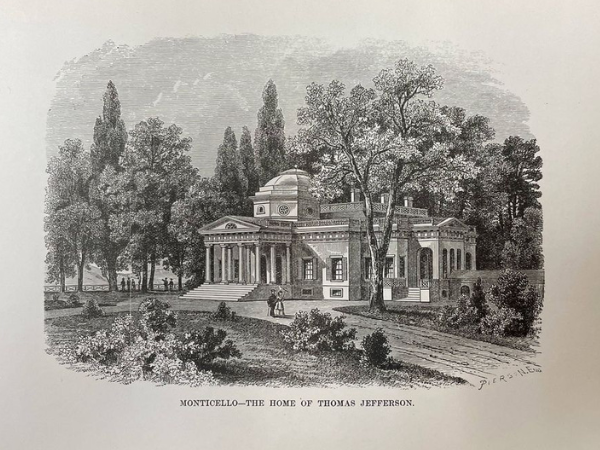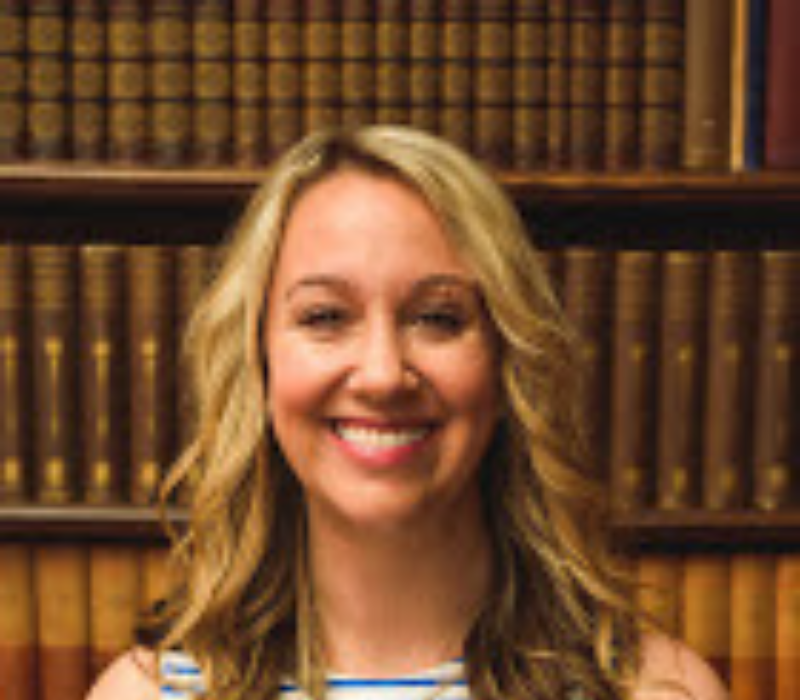Symposium registration is closed.
The eighteenth century saw the rise of many exciting new political, religious, and scientific theories about human happiness, perfectibility, and progress that today we call “the Enlightenment.”
Lead Scholar: Caroline Winterer, Stanford University
Master Teacher: Lindsey Charron
Image: Engraving of Thomas Jefferson after a painting by R. Peale engraved by C. Tidout, 1801. (The Gilder Lehrman Institute, GLC05669)



